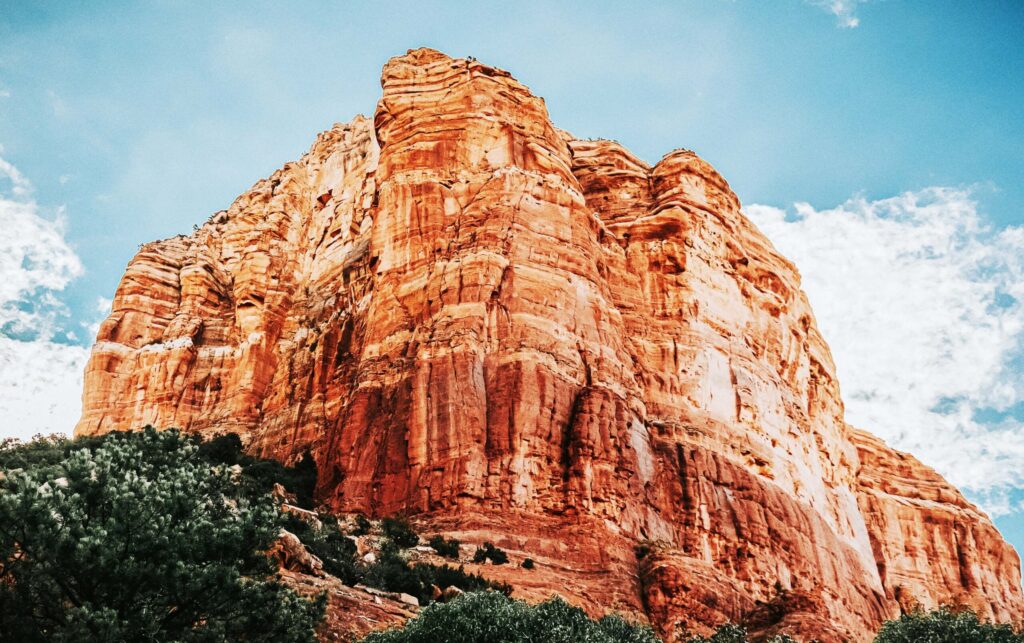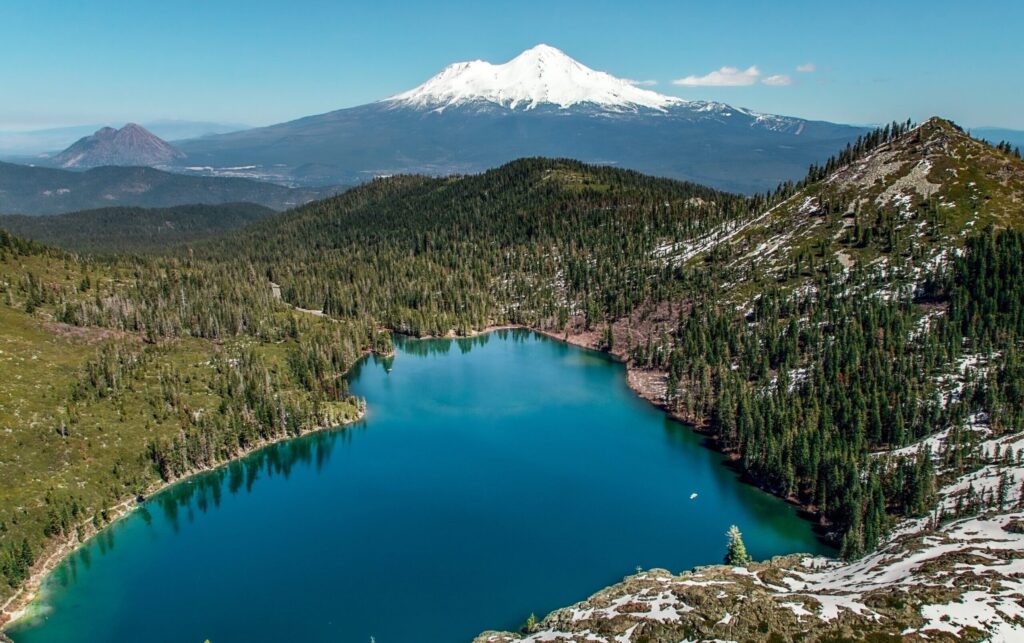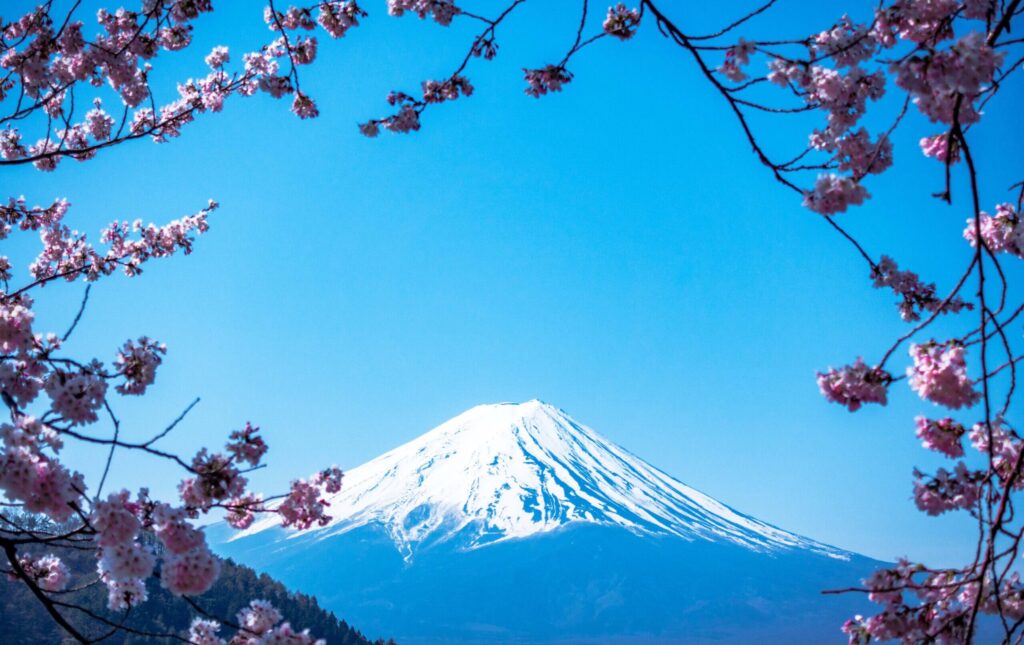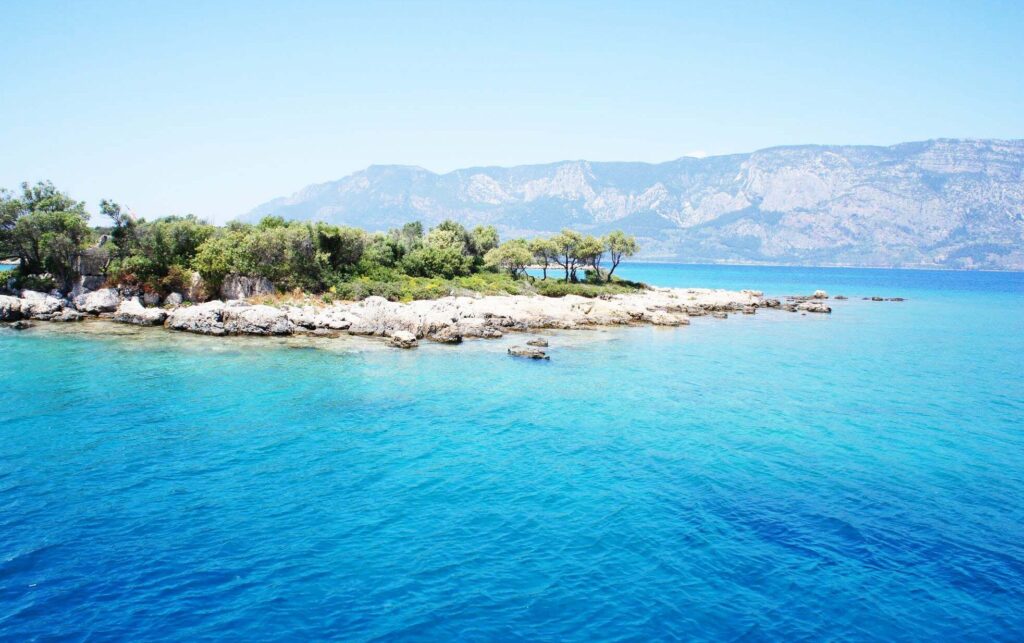 Exploring the World’s Most Enigmatic Vortexes– Mysteries Can Be Found in Each Destination and Where Mystical Powers Abound
Exploring the World’s Most Enigmatic Vortexes– Mysteries Can Be Found in Each Destination and Where Mystical Powers Abound
Certain locations have garnered a reputation as “vortexes” or energy centers in a world rich with natural wonders and spiritual mysteries. These places, scattered across the globe, are believed to possess unique energies that can impact both physical and spiritual well-being.
Despite the absence of concrete scientific evidence, countless individuals and spiritual seekers journey to these sites, drawn by the promise of heightened experiences, self-discovery, and healing. In exploring renowned vortex destinations, we delve into the mystique surrounding these locales, from the captivating red rocks of Sedona, Arizona, to the ancient mysteries of Stonehenge, England, and beyond.
Each place carries its own allure, with tales of transformation, connection to the divine, and a deep resonance with the Earth’s energies. Whether one approaches these sites with skepticism or profound belief, the world of energy vortexes continues to captivate the curious and the spiritual alike.
Here are some well-known places that are said to be vortexes and the reasons why they are considered as such:
Sedona, Arizona, USA:

-
- Reason: Sedona is perhaps the most famous vortex destination. It is said to have several vortex locations, including Bell Rock, Cathedral Rock, Boynton Canyon, and Airport Mesa. The red rock formations in Sedona are believed to amplify spiritual and healing energies, making it a popular destination for meditation and self-discovery.
Mount Shasta, California, USA:

-
- Reason: Mount Shasta is considered a sacred mountain by many spiritual traditions. It’s believed to have a strong energy vortex associated with personal transformation, healing, and communication with higher realms.
Machu Picchu, Peru:

-
- Reason: Machu Picchu, an ancient Incan city, is thought to have been built on a powerful energy vortex. Visitors often report heightened spiritual experiences and a sense of connection to the past when exploring this historical site.
Stonehenge, England:

-
- Reason: Stonehenge is an iconic prehistoric monument surrounded by mystery and intrigue. Some believe it is located on an energy vortex that enhances spiritual experiences and connects visitors to ancient energies.
Glastonbury, England:

-
- Reason: Glastonbury is often called the “Isle of Avalon” and is associated with various myths and legends. It is said to have a powerful energy vortex that fosters spiritual growth and healing. Glastonbury Tor and the Chalice Well are particularly well-known spots.
Mount Fuji, Japan:

-
- Reason: Mount Fuji is considered sacred in Japanese culture and is believed to have a spiritual vortex associated with enlightenment and self-discovery. Many pilgrims visit this mountain for meditation and spiritual growth.
Sedir Island (Cleopatra Island), Turkey:

-
- Reason: Cleopatra Island is known for its “healing sands,” where the sand is believed to have therapeutic properties. It is said to be a natural energy vortex that can rejuvenate the body and mind.
Banff and Lake Louise, Canada:

-
- Reason: The Canadian Rockies, including Banff and Lake Louise, are often described as spiritually rejuvenating locations. The stunning natural beauty and pristine landscapes are believed to have a calming and revitalizing effect on visitors.
TIP: It’s important to remember that the belief in vortexes and their effects varies widely among individuals and cultures. While many people report positive experiences at these locations, scientific evidence supporting the existence of energy vortexes is lacking, and these phenomena are often considered pseudoscientific or New Age beliefs. Visitors should approach these places with an open mind and respect for the beliefs of others.
Did you know?
While feng shui is primarily concerned with interior spaces, it shares some similarities with the idea of energy vortexes in terms of harnessing and optimizing energy for positive effects on people’s lives and well-being.
So, the concept of energy flow and its impact on human experience is familiar and has been explored in different forms across different cultures.
A little history:
The history of energy vortex beliefs is a tapestry woven with threads of spirituality, cultural traditions, and a deep connection to the natural world. While the modern concept of vortexes is often associated with New Age spirituality, similar ideas can be traced back to ancient civilizations. In ancient China, feng shui aimed to align human spaces with the energy flow, or “qi,” in the environment, emphasizing harmony and balance.
Indigenous cultures worldwide have long revered sacred sites, mountains, and natural formations, attributing them with spiritual significance and unique energies. The Western fascination with vortexes gained momentum in the 20th century, particularly in the 1970s when Sedona, Arizona, emerged as a prominent vortex destination.
Since then, the allure of these mystical places has continued to capture the imagination of seekers, blending age-old traditions with contemporary spiritual exploration.


